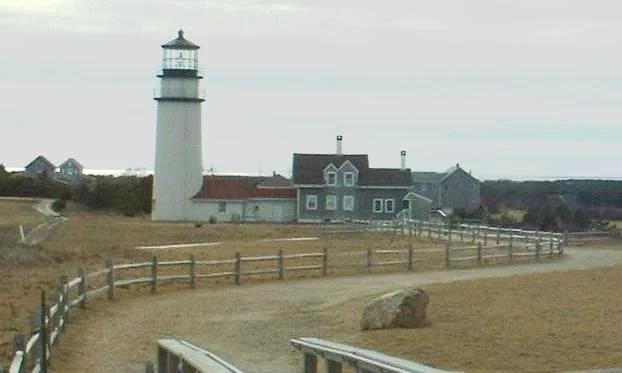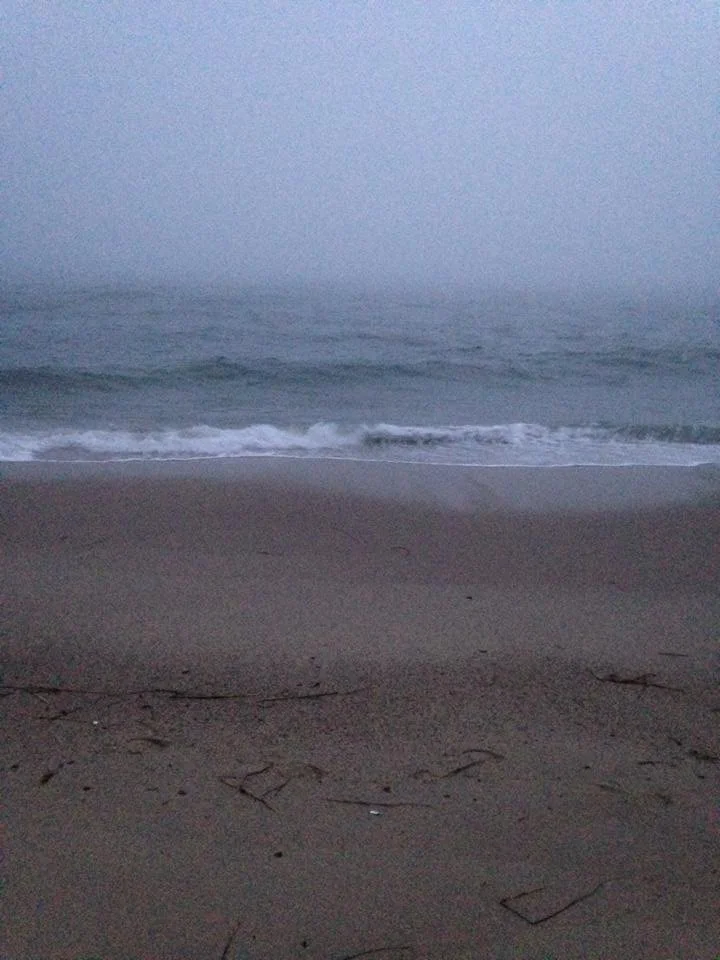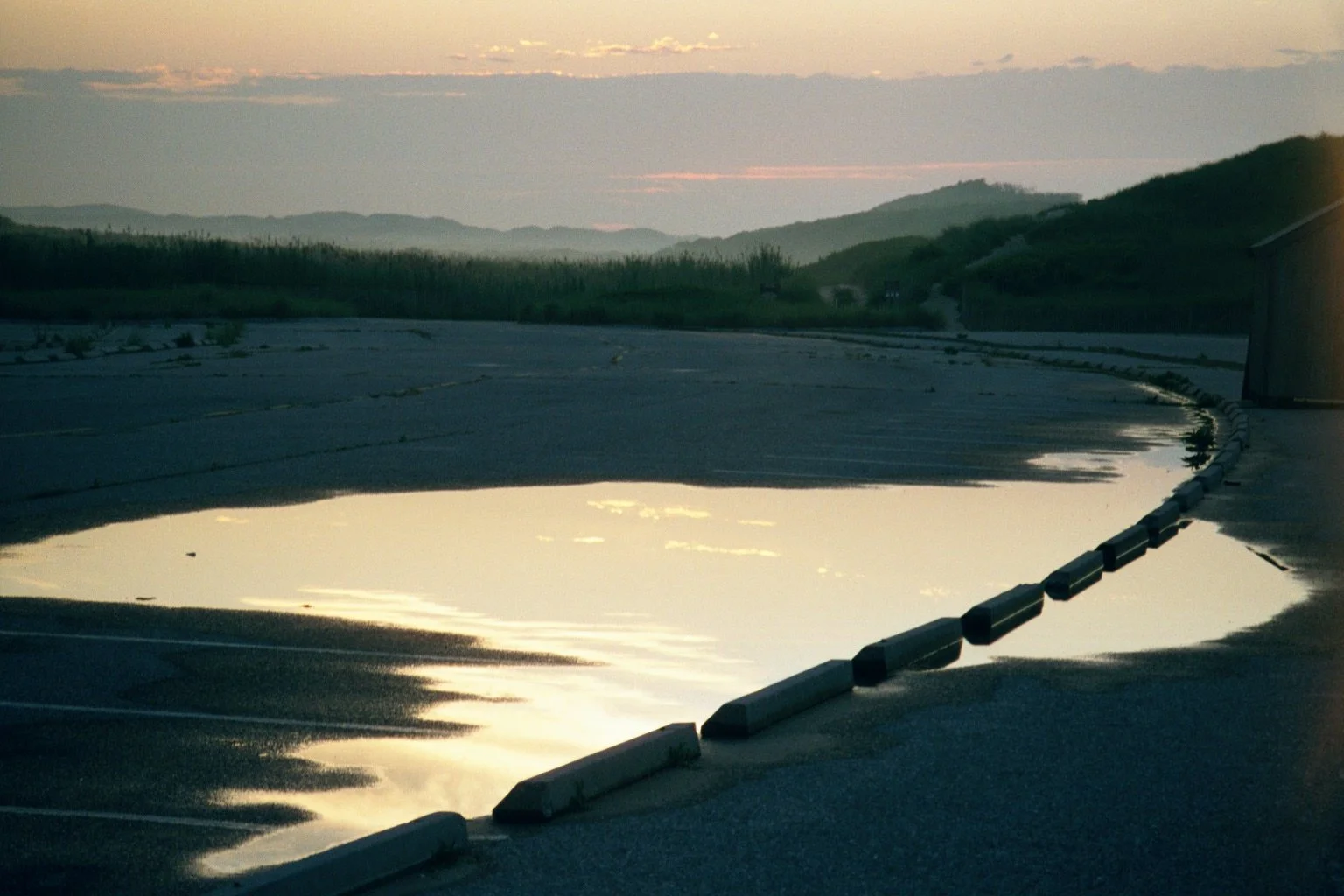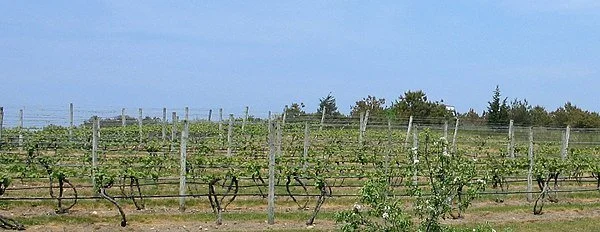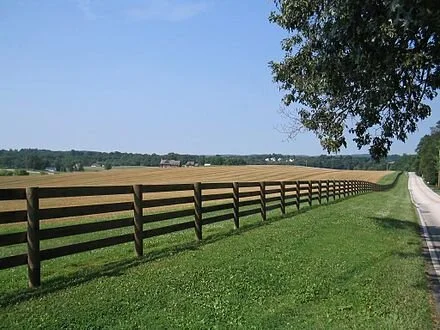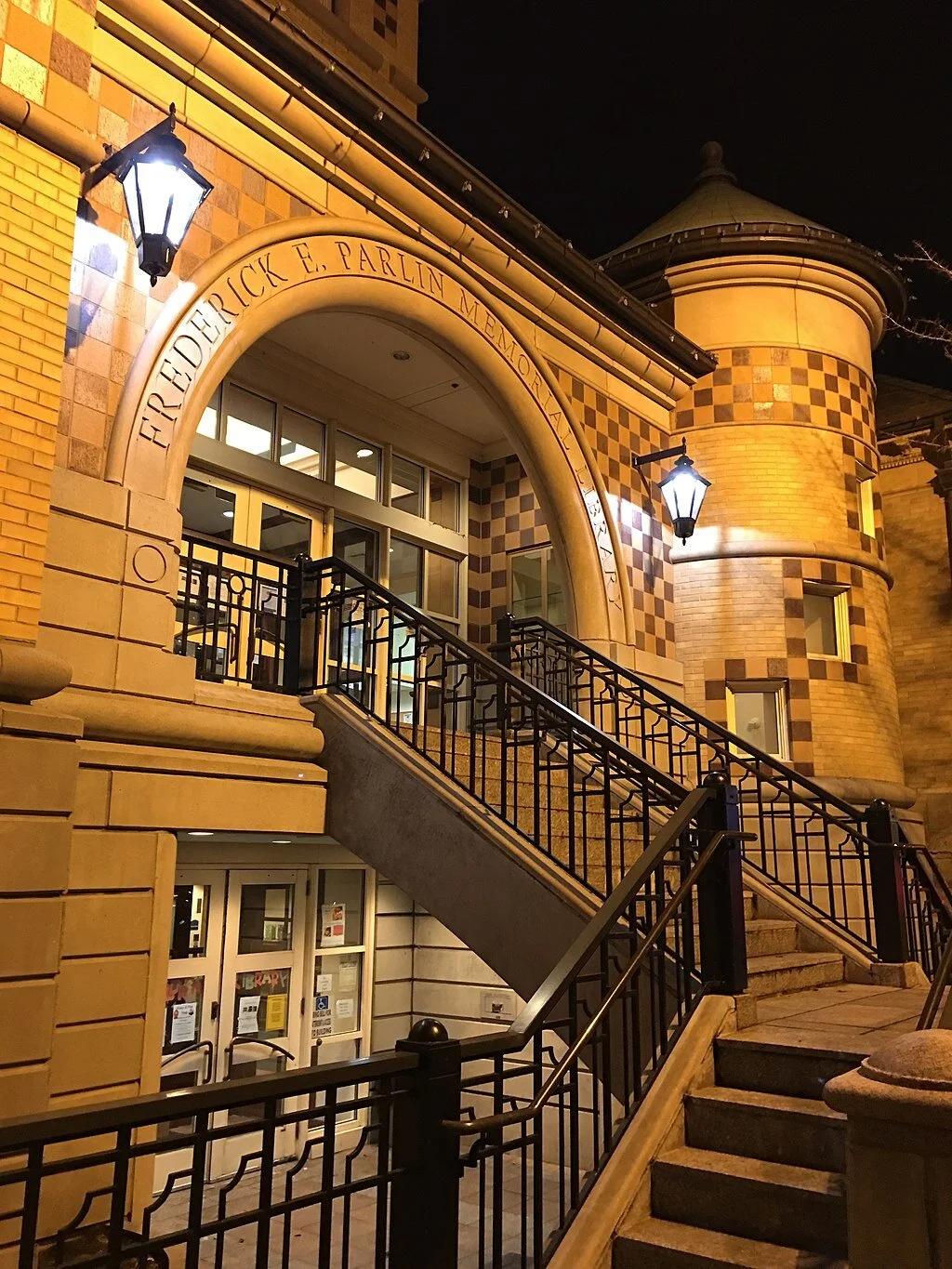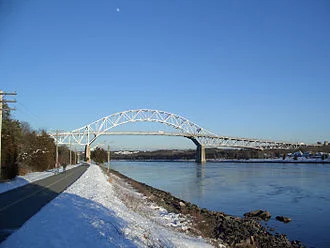
We could all use some
“An Intervention” (acrylic and oil on canvas), by Deborah Dancy, in a group show at the Truro (Mass.) Center for the Arts, July 12-July 22.
The center says that Deborah Dancy's multimedia artwork walks between abstract and figurative work. “Her paintings, photos and drawings capture everyday moments through a unique lens.”
She explains in her Web site:
"My work is an investigation of abstraction’s capacity to engage beauty and tension without justification or narrative. In my paintings and works on paper, I do not specify references; meaning is organic since images mingle, shift, and position themselves within a field of agitated or flat color. Within these works, inspiration springs from diverse sources sponsored, in part, from the views of gnarled and jagged trees and bark from the woodlands surrounding my home, discarded shards of construction debris, and constant encounters with the internal and external world. In this odd combination of elements, the initial mark prompts the starting point. Hesitation and agitation of brush strokes within the gesture reveals content. Incompleteness- the unfinished fragment of what - ‘almost was’ and ‘might become’ amplifies meaning. In this orbit, painting explores what I consider as embracing the unpredictable and accidental. Accepting this means I suspend assumptions and allow discoveries to emerge. This edge of conflict and sequence of processes, including scraping and repainting, fresh forms, and constructed imagery, becomes the elemental act of painting.’’
Highland Light, in Truro. The famous lighthouse’s original site is marked by the boulder in the foreground. It was in danger of falling down the cliff that it was perched near the edge of because of erosion, and so the structure was moved 450 feet to the west, in 1996.
It all started in 1797, when a wooden lighthouse was authorized by George Washington to be built to help warn ships about the dangerous coastline between Cape Ann and Nantucket. It was the first lighthouse on Cape Cod. In 1833, the wood structure was replaced by a brick tower. In 1857 the lighthouse was declared dangerous and demolished and the current 66-foot brick tower was constructed.
Will it have to be moved again as seas continue to rise and erosion accelerates on the Outer Cape?
Trapped in a cycle
Tideline in Truro, Mass., on outer Cape Cod, where poet Alan Dugan lived.
Photo by Hqfrancis
“Water runs up the beach,
then wheels and slides
back down, leaving a ridge
Of sea-foam, weed, and shells….
One thinks: I must
break out of this
cycle of life and death….’’
-- From “The Sea Grinds Things Up,’’ by Alan Dugan (1923-2003)
Early evening at Head of the Meadow beach, North Truro
— Photo by Seduisant
The Truro Vineyards, in North Truro.
— Photo by Caliga10
Timeless sky
“I passed by the fence
and looked up,
and whatever happens
happened to make that sky
seem timeless,
awash with well-being….’’
— From “A Green Evening, September, 1952,’’ by Brendan Galvin (born in 1938), American poet. He was born in Everett, Mass., and now lives in Truro, Mass., on Cape Cod.
The grand Parlin Memorial Library, in Everett
— Photo by Elizabeth B. Thomsen
Marsh magic
“Behind Little Pamet (Truro)” (Outer Cape Cod), (oil on panel), by Cammie Watson, at Alpers Fine Art, Andover, Mass. The Little Pamet River is a 1.5-mile-long stream that river arises in wetlands, flows west for about a mile, and drains into Cape Cod Bay. The nearby Pamet River lies a few miles to the south. It’s named for a Native American tribe.
Lonely in the universe
Tideline in North Truro
Photo by Hqfrancis
….this is just one sea
on one beach on one
planet in one
solar system in one
galaxy. After that
the scale increases, so
this not the last word,
and nothing else is talking back.
It’s a lonely situation.’’
— From The Sea Grinds Things Up,’’ by Alan Dugan (1923-2003), a Pulitzer Prize-winning poet. He lived in Truro, on Outer Cape Cod. The town, as with Provincetown, just to the north, has long drawn artists of various kinds, along with other exotic tribes, such as New York City psychoanalysts.
'Season demands endings'
The Bourne Bridge, over the Cape Cod Canal, one of three bridges (one is a railroad span) connecting Cape Cod with the Massachusetts mainland.
"Always the damage is irreparable.
Here the wind is right for suicide,
blowing up from Sagamore and down into Truro;
there the dead girls lie pale by scandal.
The highway curls over the Bourne Bridge, but a widow
has jumped this morning: the season demands endings
here and they come in fashion, dark as
the New York Buicks.''
-- From "Cape Cod Murders, 1968,'' by Mira Fish
--
.
Restoring the ecology of the Herring River estuary
Enjoying the Herring River.
A $700,000 Massachusetts state grant was recently awarded to help advance the restoration of the Herring River estuary in Wellfleet and Truro, one of the largest ecology-restoration projects in the Northeast. The grant leverages a total of $985,034 in funding for the project in fiscal years 2017 and 2018 from the National Oceanic and Atmospheric Administration (NOAA) Restoration Center.
Spanning some 1,000 acres across the Cape Cod National Seashore, the Herring River estuary hosts one of the largest river and wetland systems on Cape Cod. In 1909, a dike was built across the river’s mouth, severing its connection to Wellfleet Harbor and the life-giving tides of the Atlantic Ocean. Without that connection, the salt marshes decayed, the river turned acidic, shellfish beds were contaminated by bacteria, and multiple fish kills resulted from low dissolved oxygen. The loss of tidal flow transformed this once-thriving and productive coastal ecosystem into the highly degraded landscape found there today.
The towns of Wellfleet and Truro are working with the National Park Service, the Department of Fish and Game’s Division of Ecological Restoration (DER) and other partners to revive the health of the Herring River and its wetlands. The project will rebuild the main dike at the river’s mouth and make other improvements across the estuary, allowing carefully controlled restoration of tidal flow to the ecosystem while protecting low-lying roads and other structures from flooding.
Reconnecting the estuary to the ocean will improve water quality, increase habitat productivity for fisheries and other wildlife, restore large areas of shellfish beds, and enhance boating, fishing, and other commercial and recreational opportunities, according to state officials.
“We look forward to the day when a restored Herring River estuary provides much-improved habitat for waterfowl, shorebirds, river herring, white perch, and other fish and wildlife,” Department of Fish and Game Commissioner Ron Amidon said. “The project will also greatly enhance people’s access to the natural environment by improving opportunities for shellfish harvest, fishing, boating, and other outdoor recreation.”
The DER grant will also support engineering design and permitting to prepare the project for construction. The project is being managed by Friends of Herring River, a nonprofit organization based in Wellfleet.
Proud but abandoned
"Abandoned (Truro, Mass.)'' (archival pigment print), by Eleanor Steinadler, in her show "Off the Beaten Path: New Photographs by Eleanor Steinadler,'' at Galatea Fine Art, Boston, Oct. 4-29. The gallery says:
"This exhibition will counterpose two new series of Eleanor Steinadler's photographs from 2016-17 -- the "Abandoned Construction'' series from Truro, on Cape Cod, and the 'Edge of the Sea' series shot on the Matador Island, in the Florida Keys.
"The poignancy and the humor often coexist in the Abandoned series photographs. A long-abandoned ship out of the water, sits in the middle of nowhere. In the clarity of full unforgiving sun it casts a strong stark shadow. A battered hull still preserves some of its proud bearing, as well as the remnant of a carefully chosen two color paint job''

